The kitchen serves as the heart of the home, and it plays a key role in determining a healthy lifestyle. In such a context, a wellness kitchen strives to deepen our bond with nature by integrating cutting-edge technology to improve both efficiency and comfort. With a focus on revamping food storage, preparation, cooking, consumption, and disposal for fresh, organic ingredients, an ideal Wellness Kitchen integrates elegant designs that inspire social interactions and eco-friendly lifestyles that nurture the mind, body, and soul. Check out the top 10 trends in wellness kitchens
Designer: MAGPIE
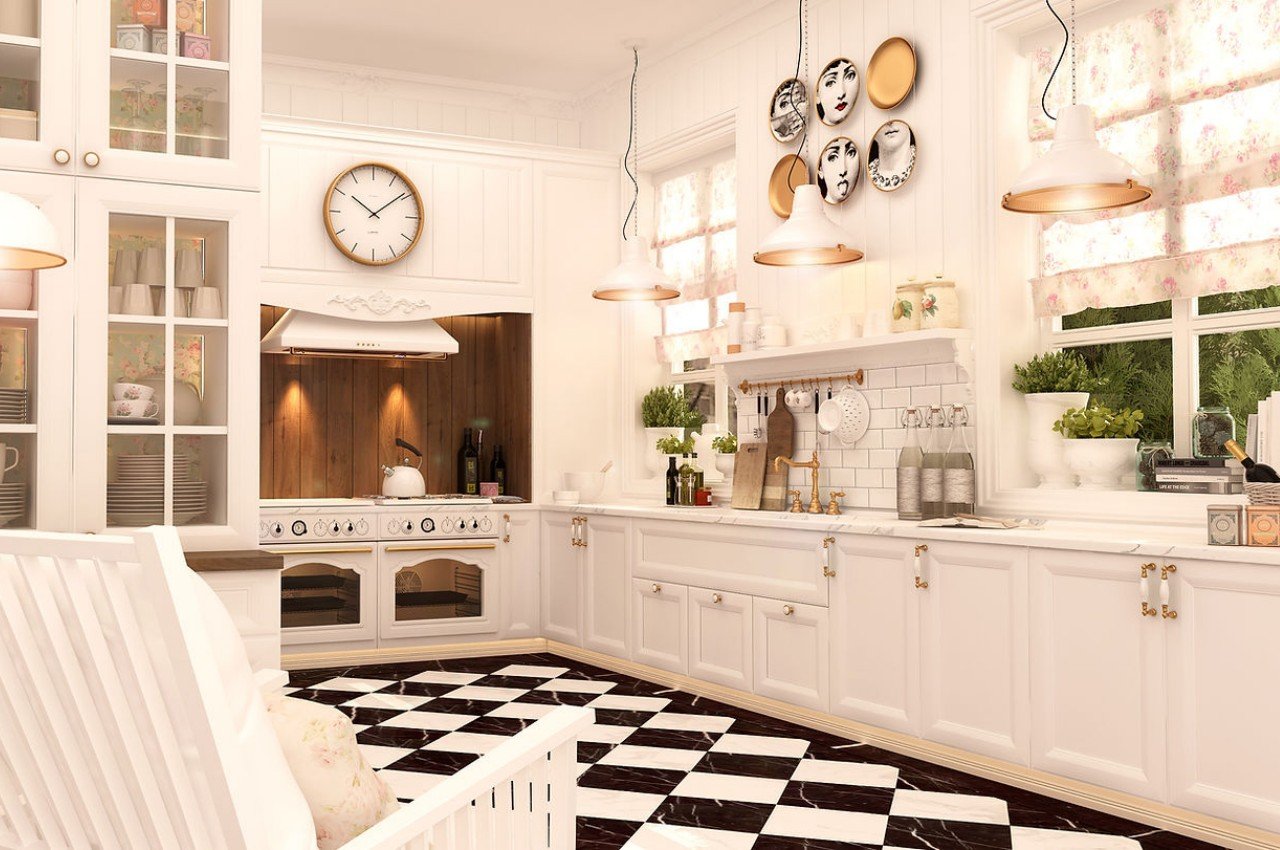
1. Healthy Eating
In wellness-focused kitchens, gardens are vital, enabling you to grow nutritious produce and promote healthy eating while reducing reliance on stores. Integrating them brings joy and tranquillity, whether through simple planters or innovative hydroponic setups like ‘refrigerator’ gardens. Hydroponic systems offer indoor vegetable cultivation, needing consistent light typically from grow lights, best suited for separate spaces like a pantry to avoid disrupting evening routines.
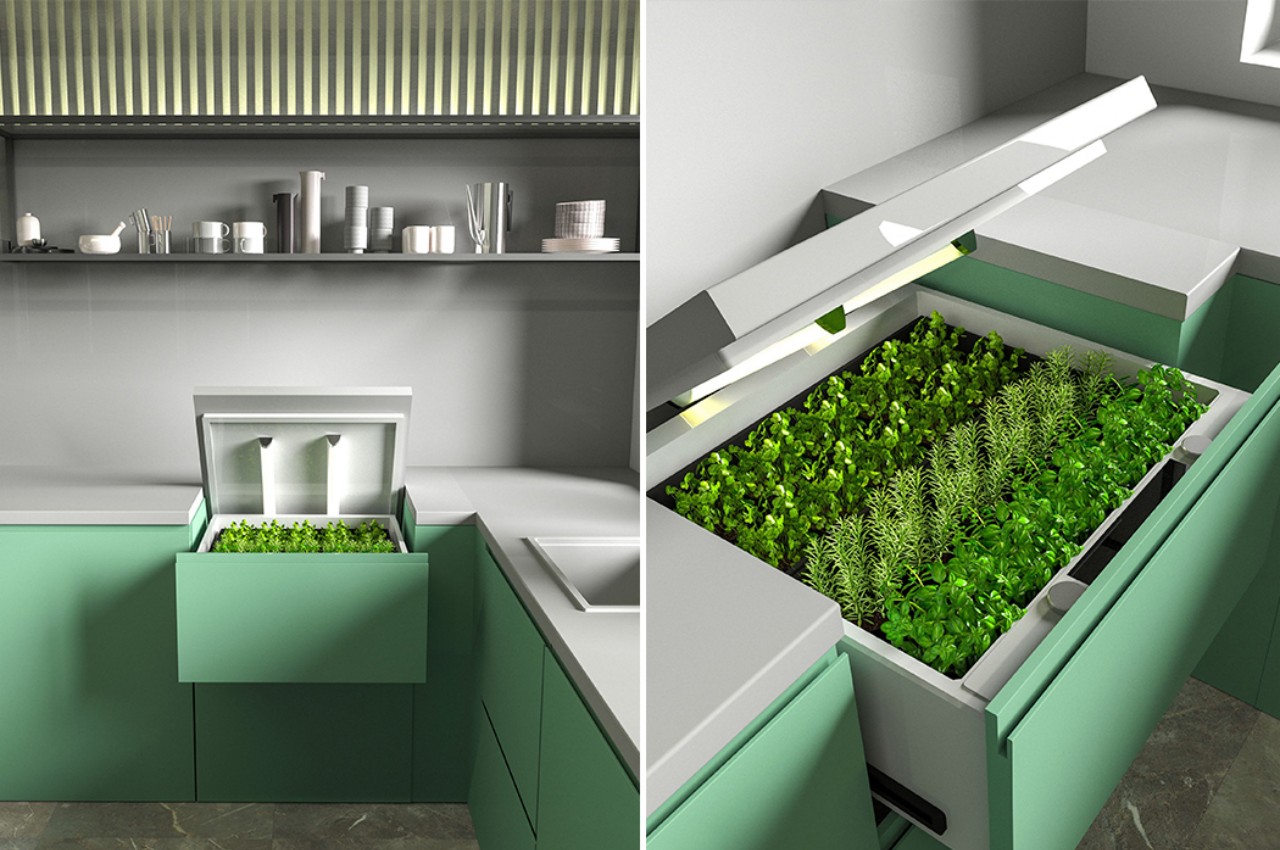
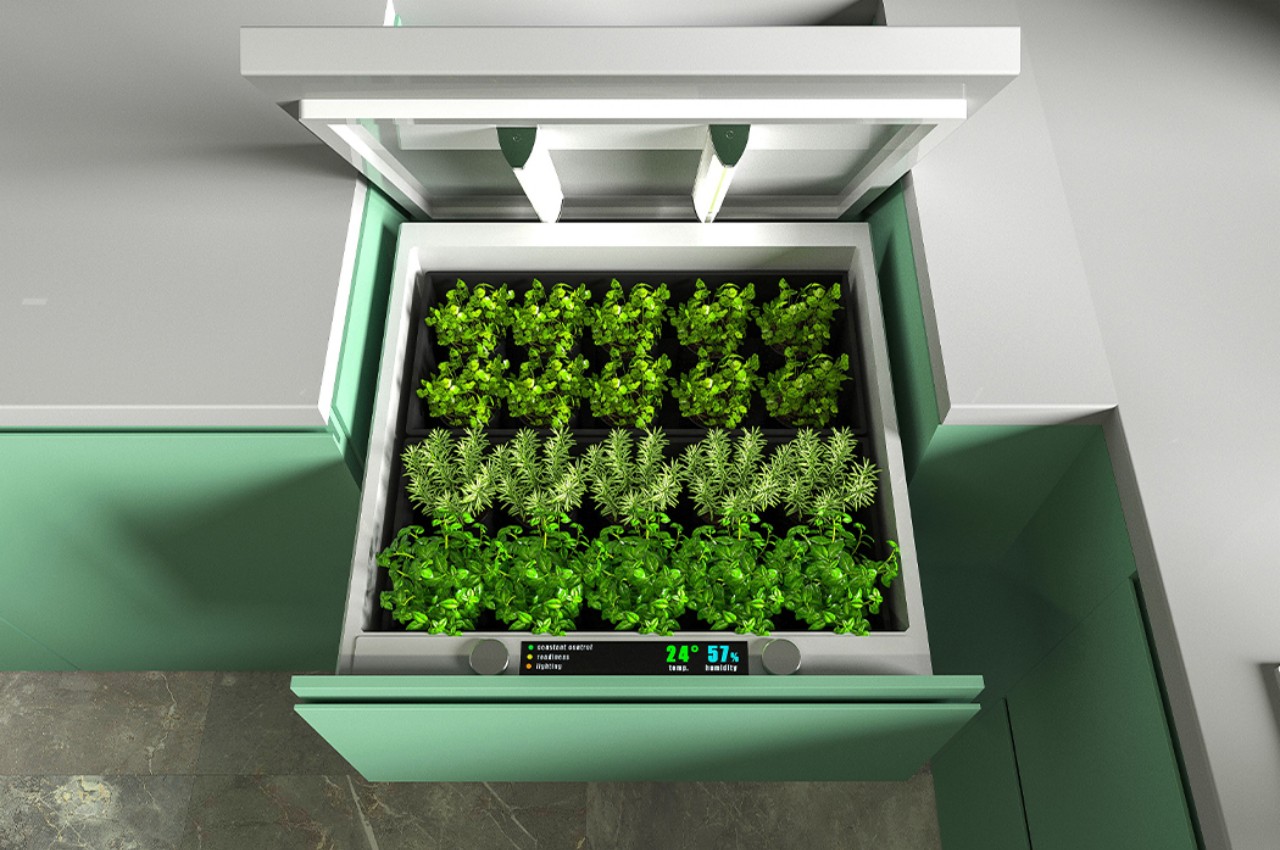
Designer: Igor Abakumov
Introducing Home Garden, a sleek herb drawer designed by Igor Abakumov. This innovative solution seamlessly integrates into your kitchen, providing access to fresh herbs year-round without sacrificing counter space. Equipped with a smart system, Home Garden monitors plant moisture, temperature, freshness, and readiness for use, all adjustable via smartphone. Its compact design makes it perfect for any kitchen, catering to both urban apartments and spacious suburban homes. With Home Garden, enjoy the convenience of having your favorite herbs at your fingertips while adding a touch of greenery to your culinary space.
2. Encourages Interaction
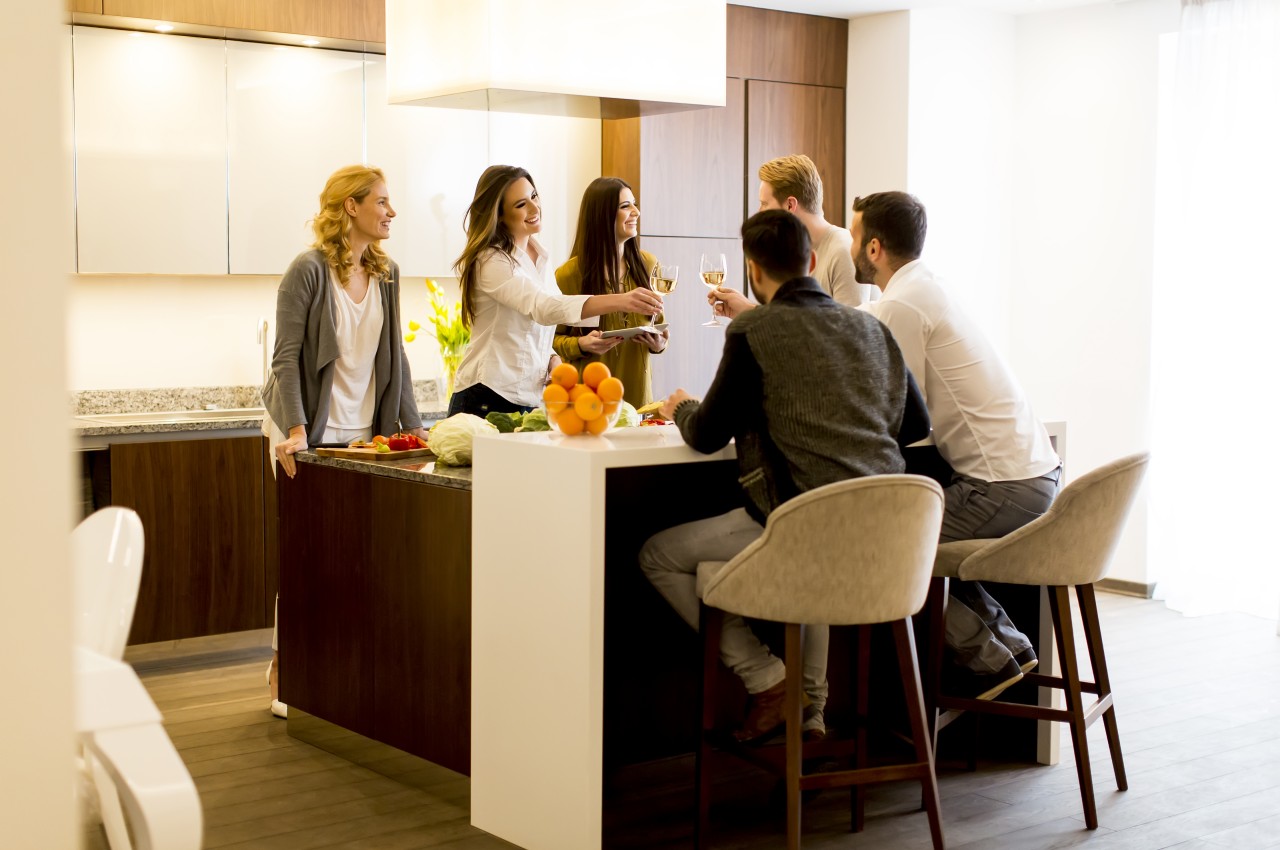
Image courtesy of: BGStock72
A vital aspect of a wellness kitchen is its capacity to nurture social connections. A key design trend involves crafting spaces that encourage collaboration and interaction. One effective method is designing a generous kitchen island with space for food preparation, allowing multiple people to engage in cooking, alongside areas for standing and conversing, as well as seating for comfortable interaction, including defining a clear boundary between the kitchen and living area.
3. Good Ventilation

Image courtesy of: Kattecat
The wellness kitchen should incorporate air purification systems, including kitchen chimneys and exhaust fans, to reduce toxins, minimize pollutants, and ensure clean indoor air quality. Adhering to VOC limits for interior paints, coatings, adhesives, sealants, insulation, and flooring is also essential. The kitchen should also feature windows to facilitate natural ventilation and improve indoor air quality by replacing stale indoor air with fresh outdoor air.
4. Natural Light
Enhancing natural light by enlarging windows and adding skylights brings proven health benefits such as increased productivity, improved moods, and energy conservation. LED lighting, with its longevity and energy efficiency, further complements natural light, while also potentially alleviating seasonal affective disorder. A well-designed lighting scheme should include ambient, task, and accent lighting to create a layered effect, promoting overall well-being in the wellness kitchen.
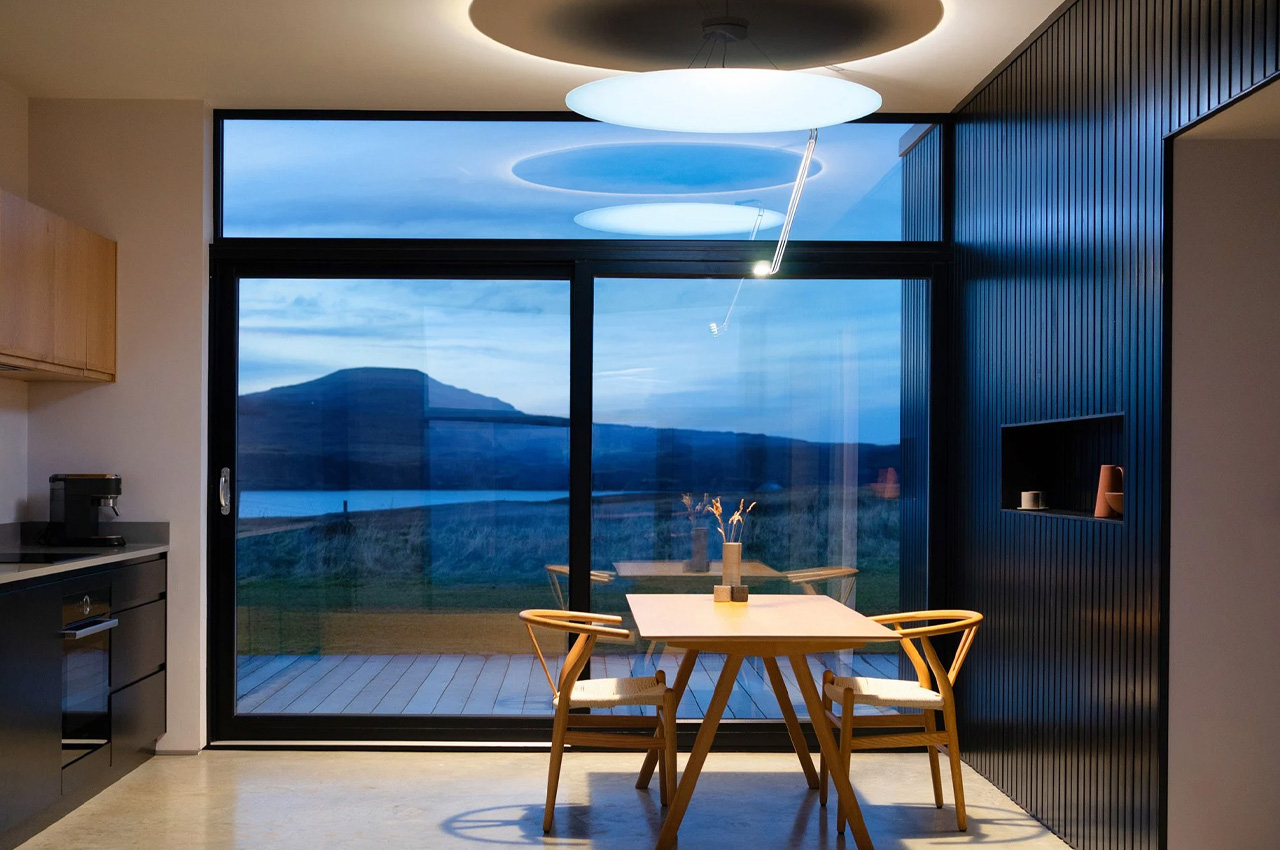
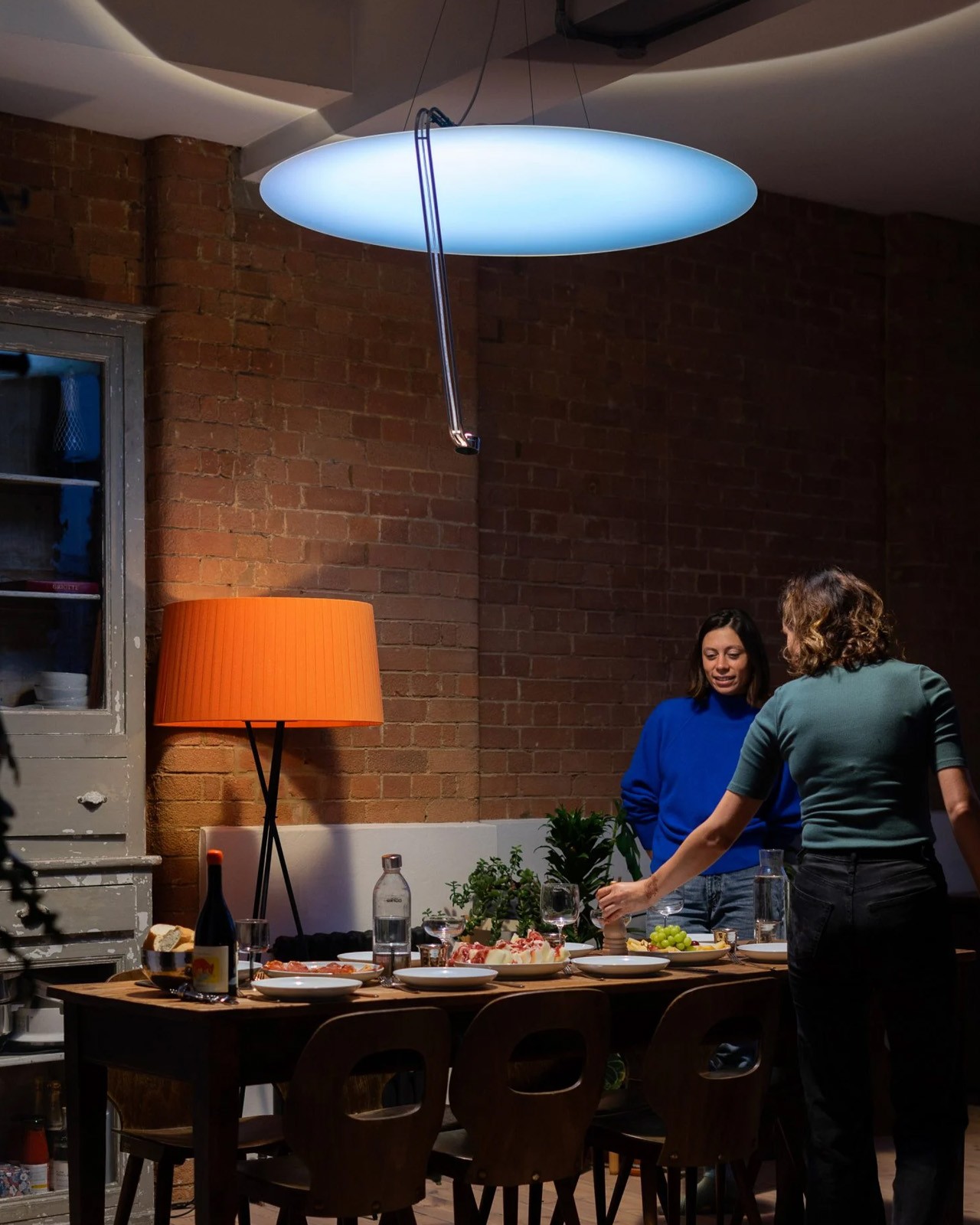
Designer: Nat Martin and Sean Hammett
The Sunday Light, conceived by designers Nat Martin and Sean Hammett, is a groundbreaking overhead LED fixture designed to bring the mood-boosting effects of daylight to any space, particularly in dreary English winters. Suspended beneath a reflective panel, it diffuses light akin to Earth’s atmosphere, promising to infuse rooms with the invigorating sensation of a sunny day. Serving as a remedy for seasonal affective disorder, it delivers 30,000 lumens of warm, comforting light, boasting a CRI value of 93 for a natural and pleasant ambiance. Its intense yet gentle illumination experience uplifts mood, energy, and alertness.
5. Use of Natural Materials
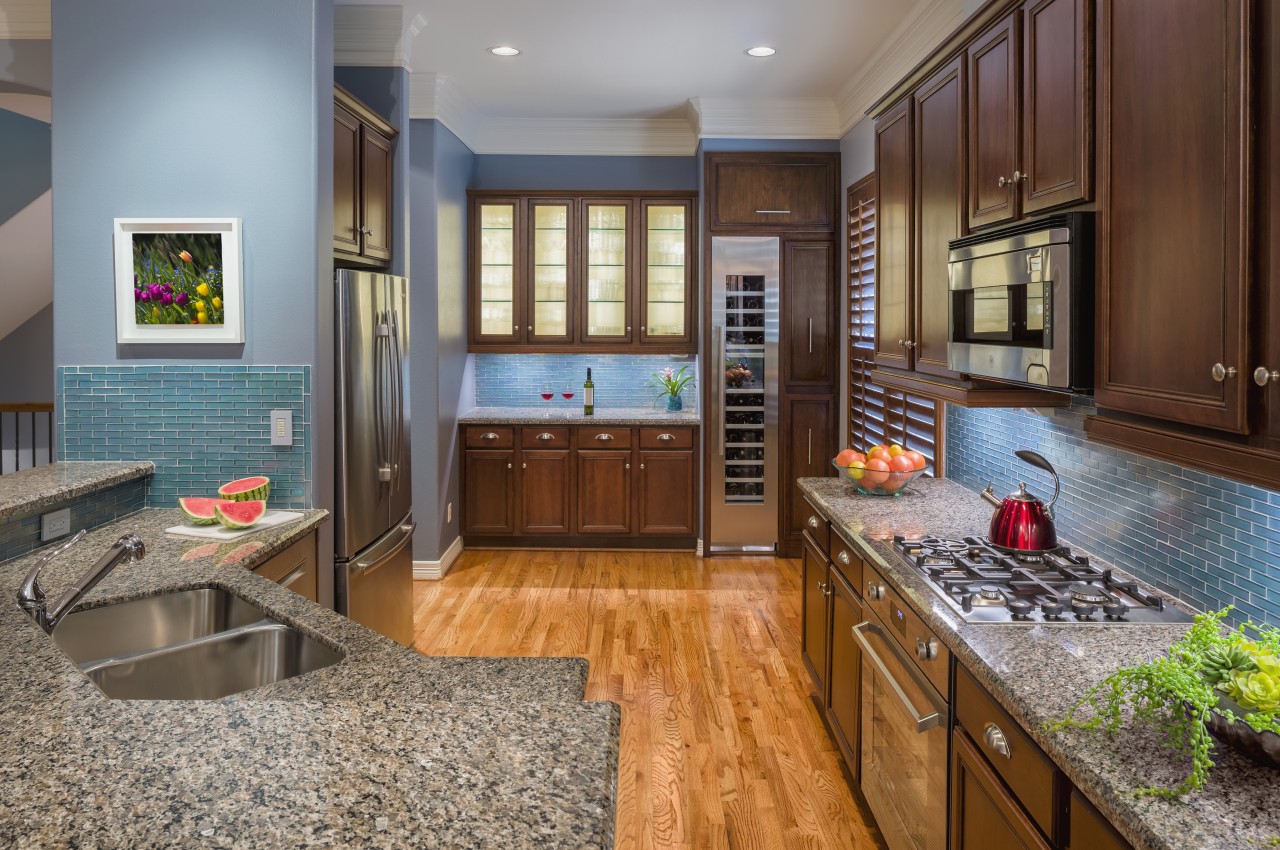
Image courtesy of: Mint_Images
As people seek a deeper connection to nature for greater happiness and tranquillity, natural materials are gaining popularity in kitchen design, with stone and wood being prime examples. Combining these natural elements with modern ones seamlessly integrates both aesthetics, capturing the essence of each.
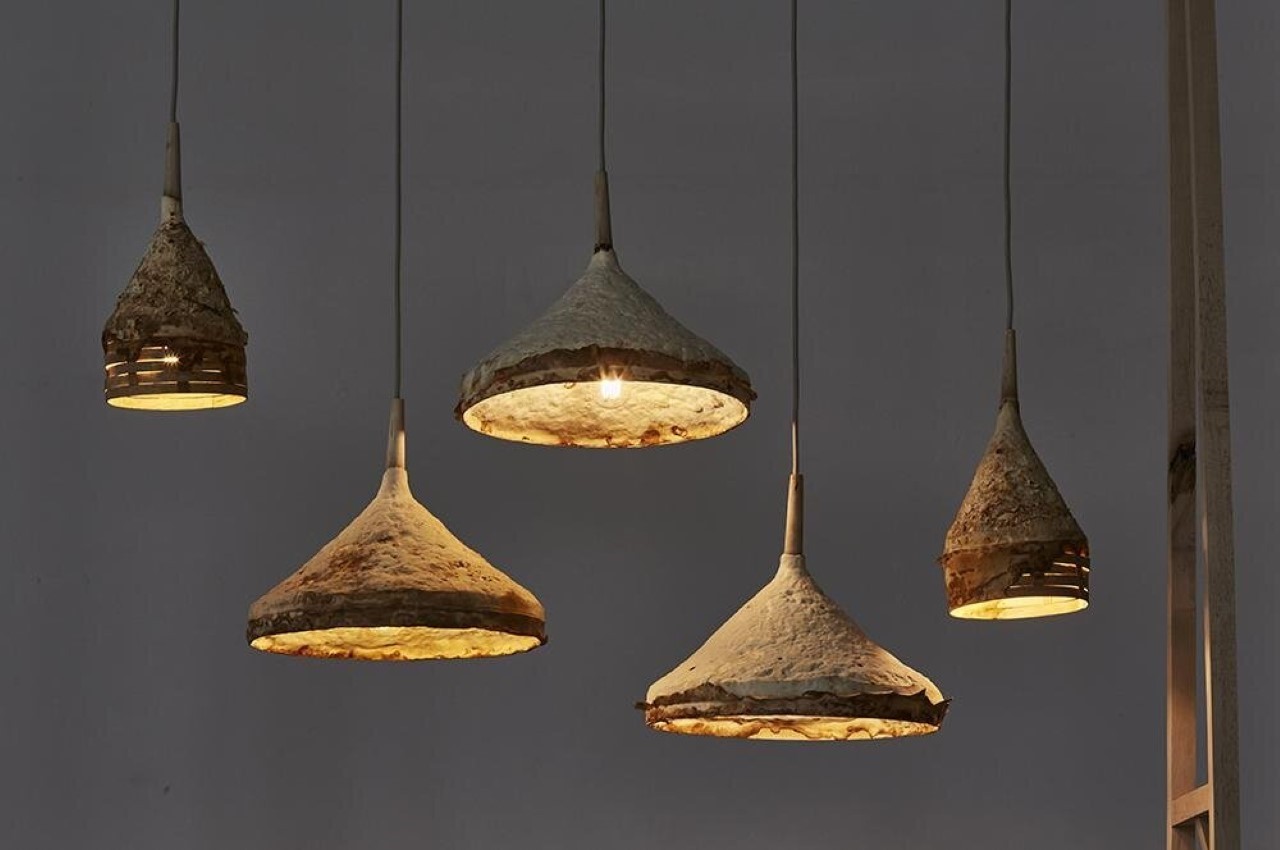
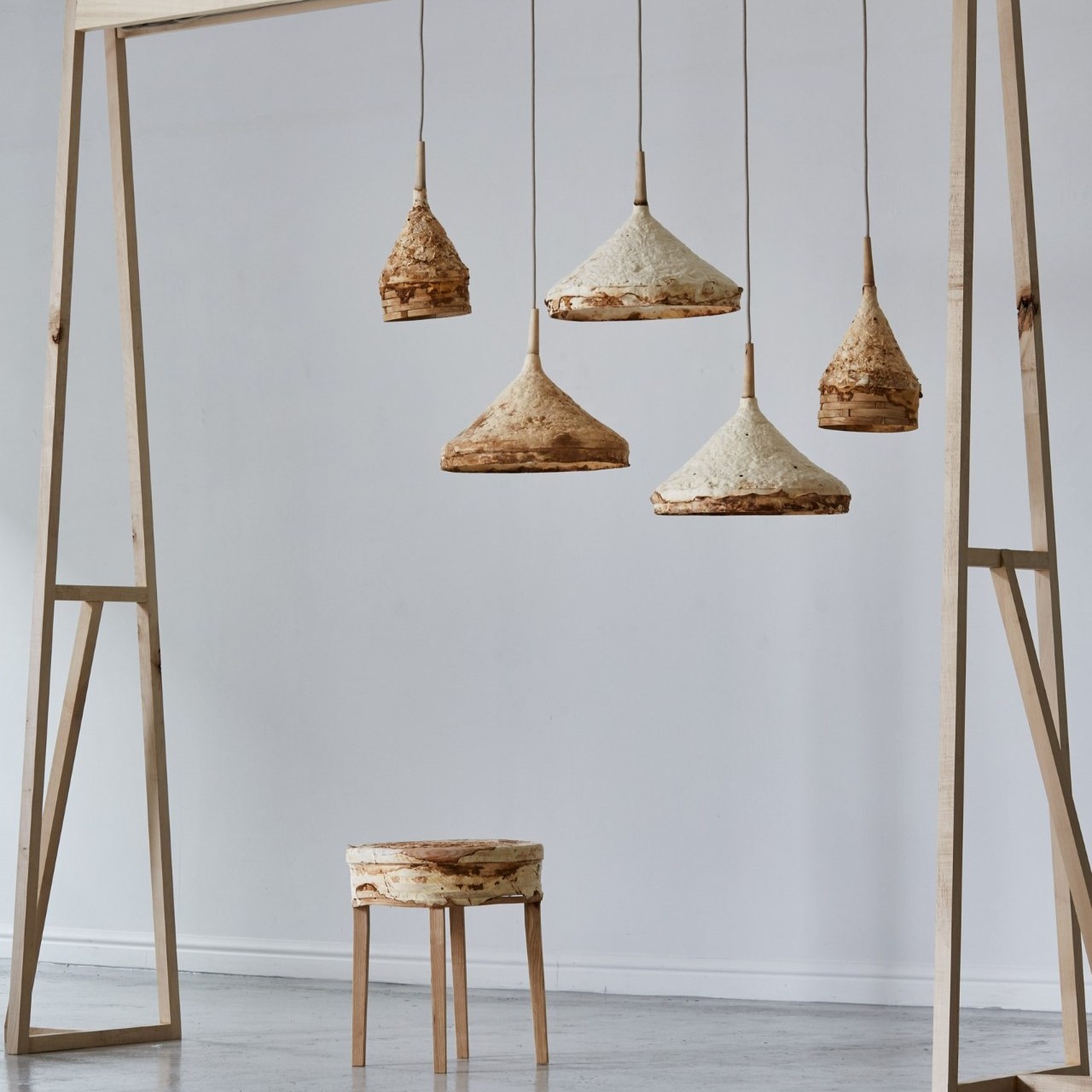
Designer: Sebastian Cox with Ninela Ivanova
Sebastian Cox’s Mycelium pendant lamps are grown, not made, utilizing mycelium—a sustainable, vegan alternative to suede and leather. Teamed with researcher Ninela Ivanova, the “Mycelium + Timber” project explores mycelium’s potential in commercial furniture design. Each lamp undergoes a 4–12-week growth process, where mycelium fibers bind with willow wood inside molds filled with cultivated fungus, resulting in a unique, compostable composite material.
6. Introduce Pocket Doors
Designer: Accuride
To maintain cleanliness and organization, it’s advisable for a wellness kitchen to minimize open shelving. Yet, for those who favor the appearance of ample open shelves, pocket doors offer an excellent solution. These doors enable convenient access to stored items during meal preparation and can be closed to keep shelves free from dust when not in use.
7. Display & Storage
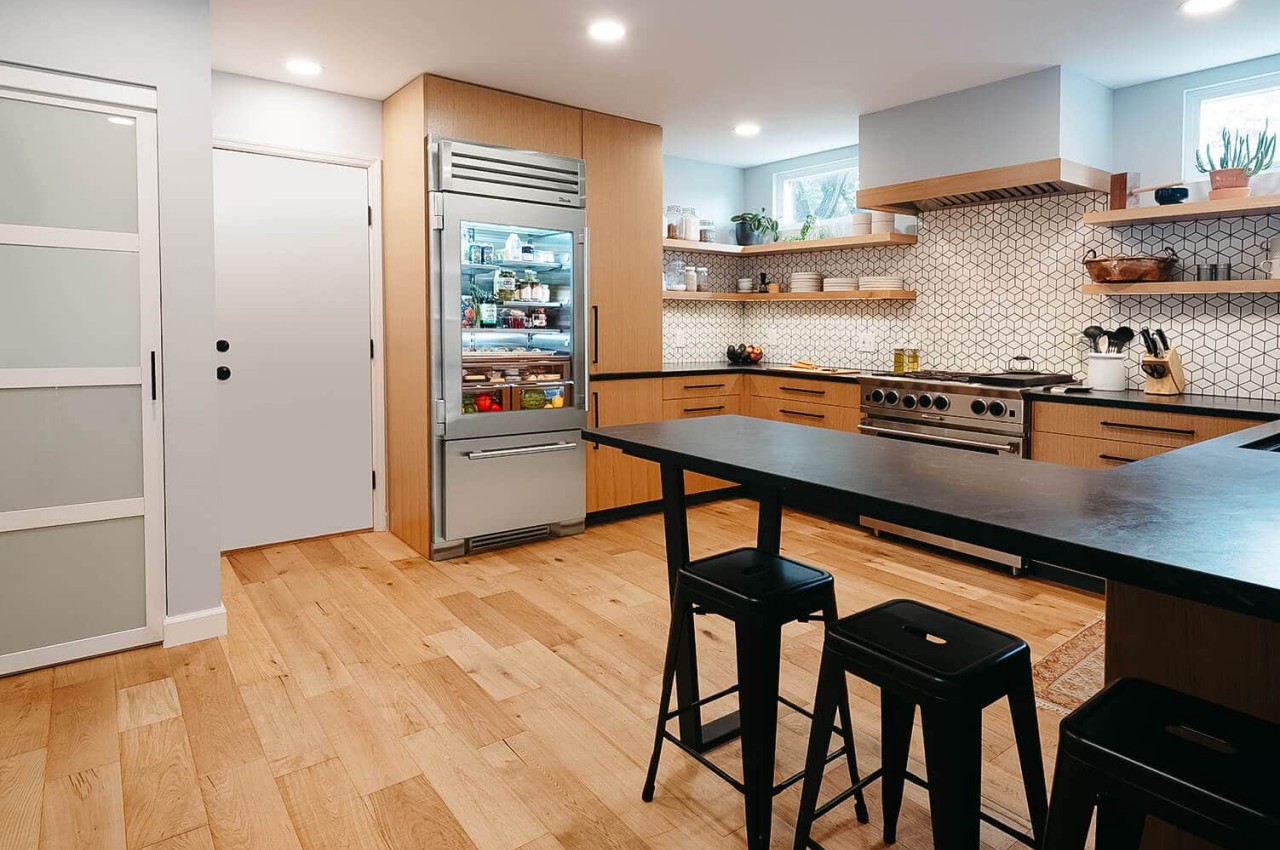
Designer: True Manufacturin
In a Wellness Kitchen, fresh produce is showcased through glass refrigerator doors or grown in a kitchen garden, promoting accessibility. To meet consumer needs, refrigeration options in the ideal Wellness Kitchen offer varied temperatures and humidities for organized and visually appealing storage, featuring glass doors, multiple compartments, and concealed compressors to minimize noise pollution.
8. Biophilia
Biophilia, rooted in Greek for “life” and “love,” embodies the human urge to connect with nature, essential in wellness kitchen design. This strategy integrates natural elements like plant walls, greenery, nature-inspired crockery, skylights, and large windows to foster physical and psychological well-being, reduce stress, and boost creativity.
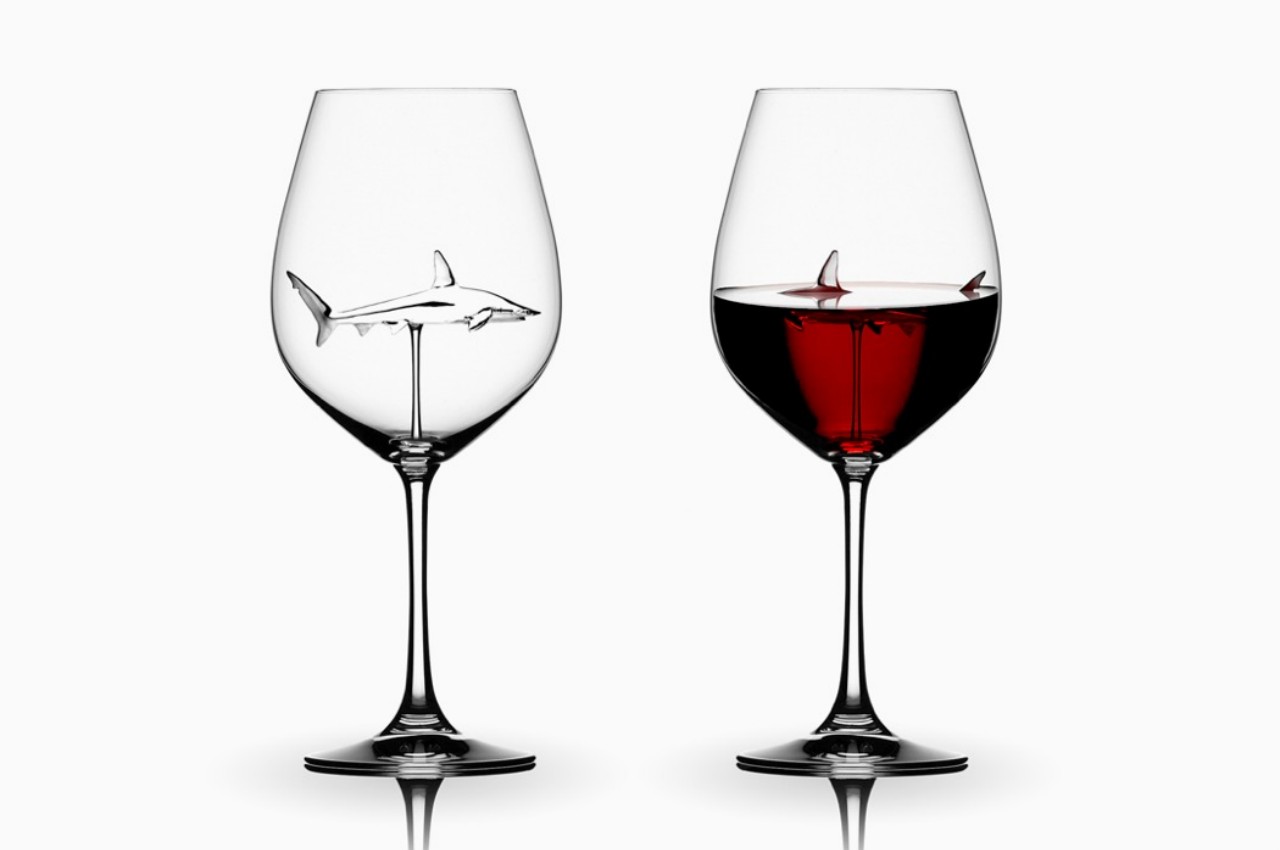
Designer: BTS Design
Ensure that conversation never runs dry with these shark wine glasses, which seamlessly infuse a biophilic vibe into your gatherings. Inspired by nature’s elegance, these glasses not only serve as functional vessels but also spark intriguing discussions about the natural world. Crafted to evoke the graceful movement of sharks, they bring a touch of the ocean’s beauty to your table setting. With their sleek design and captivating aesthetic, these glasses are sure to captivate guests and elevate the ambiance of any occasion.
9. Inclusive Design

Image courtesy of: sofiiashunkina
Enhancing wellness involves considering homeowners’ ages, heights, and abilities during the planning process, including features like non-skid floors, a raised dishwasher for comfortable access to top and bottom racks, various seating heights at the island to accommodate all family members, and deep drawers organized for easy access. Additionally, ensuring enough space for wheelchair maneuverability and adapting countertop heights for cooking or food preparation contributes to a more inclusive and accessible kitchen design.
10. Compost
Effectively managing food waste in an eco-conscious manner is a significant concern for individuals striving for sustainability, as placing food waste in the garbage leads to unpleasant odors, attracts pests, and necessitates more frequent collection. Composting emerges as a wellness kitchen trend, with innovative compost bins efficiently managing food scraps, effectively eradicating kitchen odors and fruit flies. With benefits like reducing landfill waste and promoting garden growth, composting seamlessly integrates into the ethos of a wellness kitchen design.
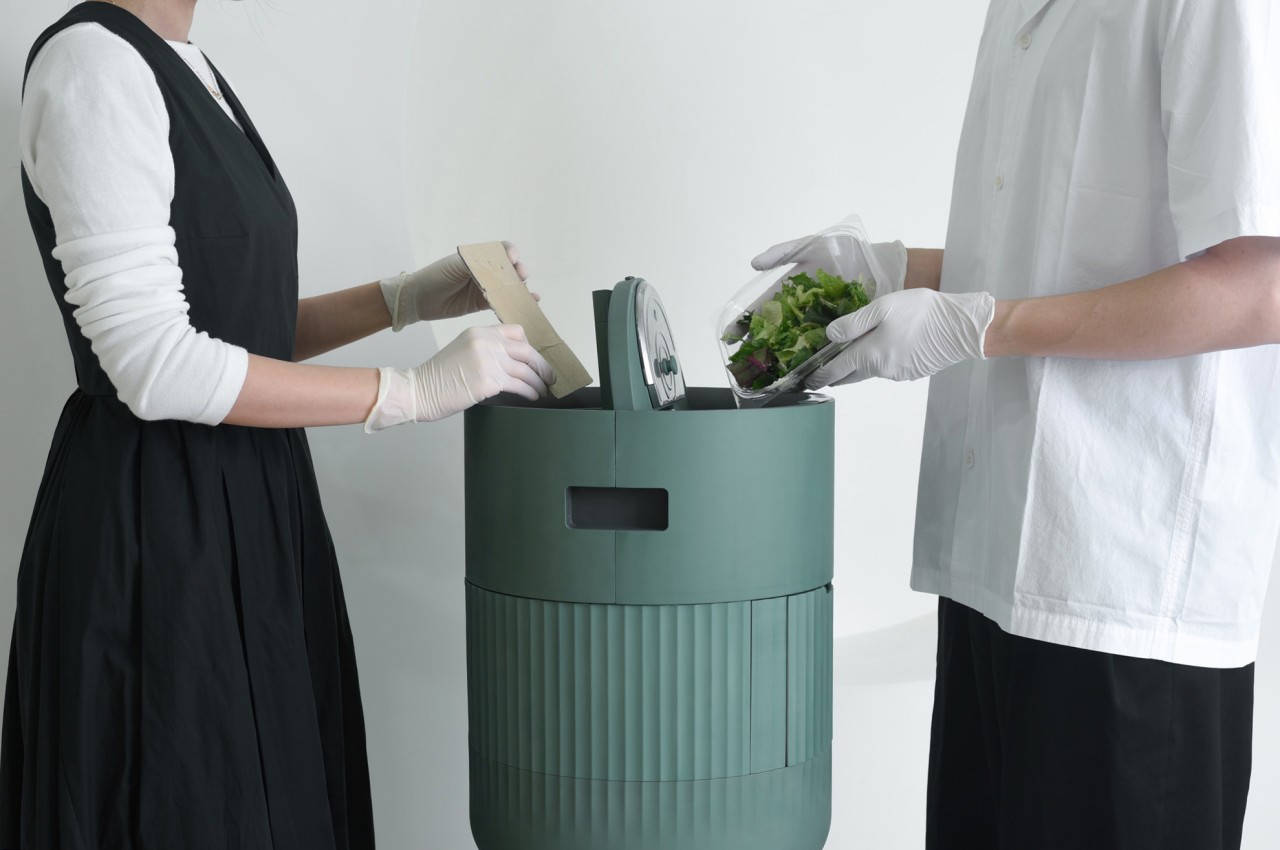
Designer: Byeonkyu Park
The rise in food delivery services has significantly impacted our eating habits, often leading to unhealthy lifestyles and increased waste. While some services offer healthier options and sustainable packaging, they often fall short in reducing overall waste. Enter Toggle, a composting device designed to transform uneaten food and its packaging into nourishment for plants. This innovative solution allows you to process leftover meals and materials like paper and wood at home, reducing waste volume and producing homemade fertilizer. Toggle’s discreet design resembles a stylish can, featuring safety measures and user-friendly interfaces. It encourages a more responsible lifestyle, ensuring both your plants and the planet benefit from your choices.
The post What Is A Wellness Kitchen? Top 10 Trends For A Healthier Lifestyle first appeared on Yanko Design.
0 Commentaires